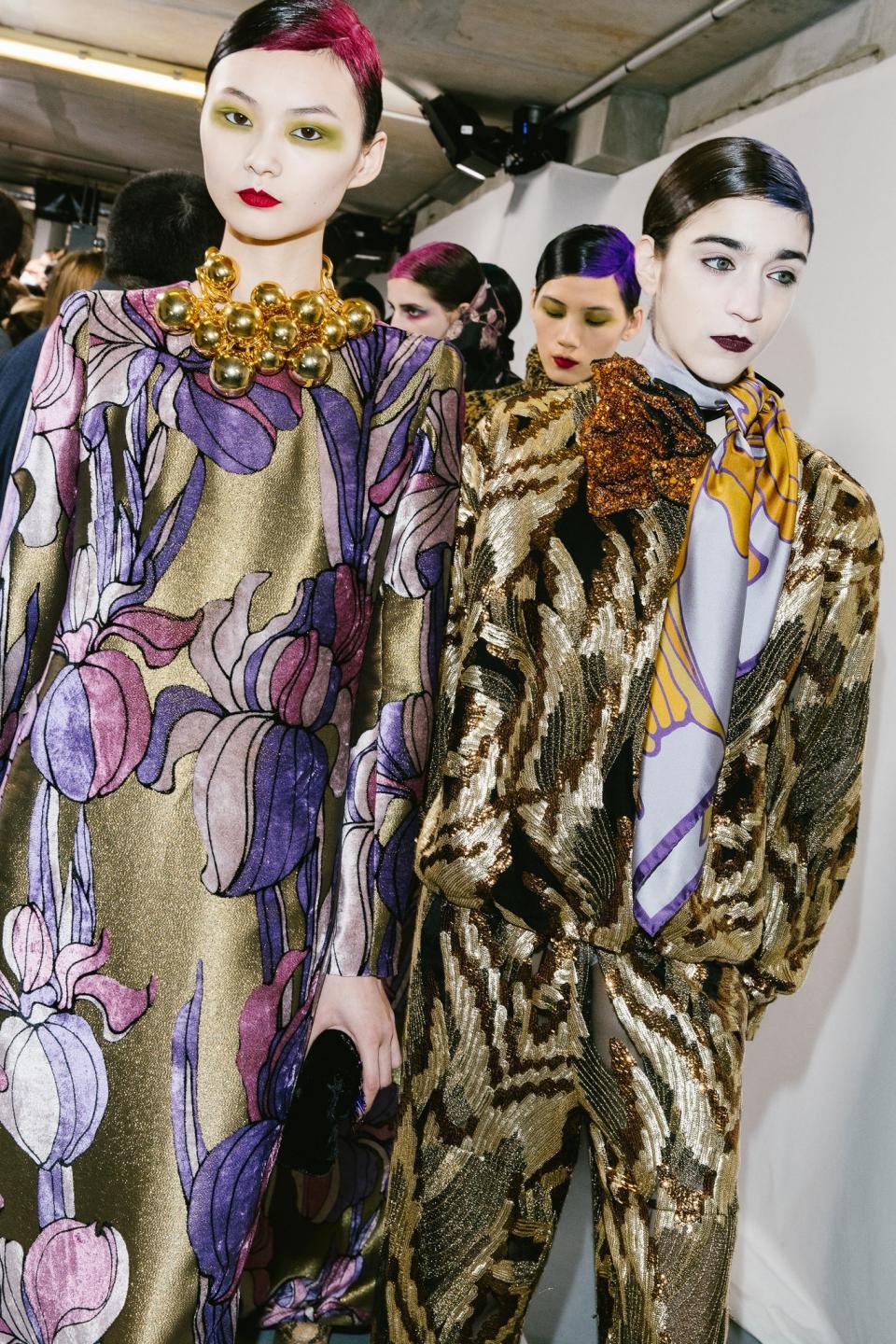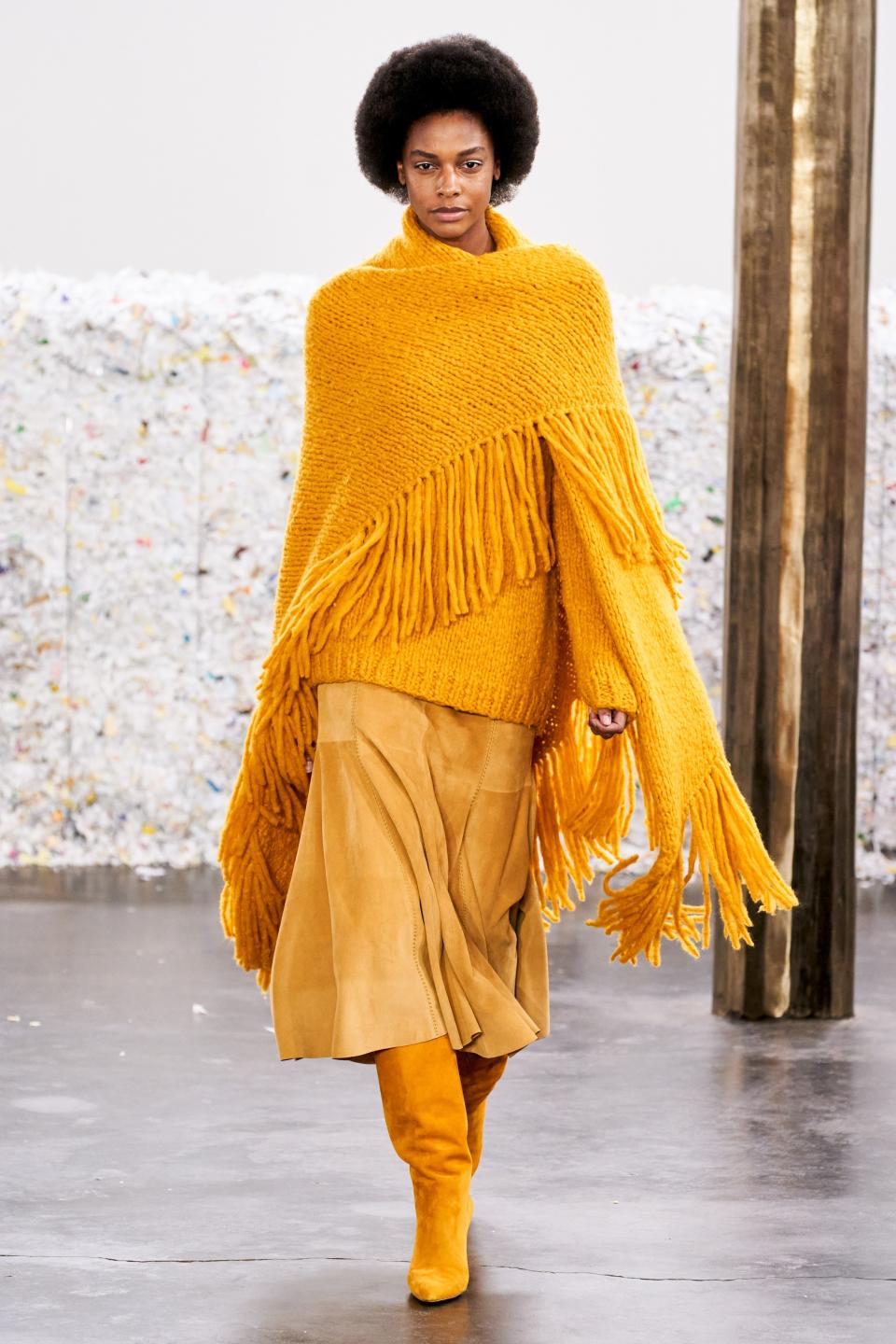‘We Know That Collectively We’re Stronger’—Fashion Unites to Plan a Better Future
The coronavirus pandemic is first and foremost a health crisis, but the work-from-home mandates and economic downturn they precipitated have also illuminated many of the weaknesses in the fashion system. Even before the crisis, people were not spending as much, and when they were willing to spend on luxury goods, they were being served coats in summertime, swimwear over the winter holidays, and markdowns on items when precisely those goods become most essential. The fashion calendar of seasonal deliveries and sales, devised half a century ago or more to reflect the needs of multi-brand retailers, is no longer functional in a world of instant gratification and the endless scroll of e-commerce.
But even with widespread awareness that the system is broken, fixing the industry remains a monumental task. Many have spoken out, but few have critically assessed exactly what needs to be done—until now. Today, an international group of designers, executives, retailers, and other industry figures published an open letter to the fashion industry advocating for a realignment of seasonal deliveries and sale periods, the production of fewer goods, and less travel for fashion weeks and retail buying appointments.
The letter is the result of an ongoing series of discussions spearheaded by Dries Van Noten. “I got an email from Dries three weeks to a month ago. He had put together a small group of people, and I think he wanted to have a conversation about what we were doing now and, more importantly, a conversation about the future,” Joseph Altuzarra, one of the group’s founding members tells Vogue. “We were really excited about participating in this kind of forum.”


The list of signatories to the published letter spans nations. The United States’s contingent includes: Altuzarra and his CEO Shira Sue Carmi, Bergdorf Goodman’s Linda Fargo, Gabriela Hearst, Jeffrey Kalinsky, Nordstrom’s Pete Nordstrom, PR Consulting’s Pierre Rougier and Sylvie Piquet, Proenza Schouler’s Jack McCollough and Lazaro Hernandez, Thom Browne’s Rodrigo Bazan, Tory Burch and her CEO and husband Pierre-Yves Roussel, and Totokaelo’s Chris Bossola. Internationally, the list is much longer, and includes the likes of Marine Serre, Craig Green, Mary Katrantzou, Andrew Keith of Lane Crawford, Hirofumi Kurino of United Arrows, and La Rinascente’s Vittorio Radice. “I think it makes a really big difference that it’s not just designers,” Altuzarra notes. “It’s designers and retailers coming together and having a very open conversation about the industry. I think that’s a very meaningful step.”
Erdem Moralioglu, who participated from London, tells Vogue, “Dries presented a clear opportunity to make a positive change, [and] I did not hesitate to join this forum in which I believe wholeheartedly. Moving our seasonality to a more responsible approach has long been overdue.”
Together, the signatories drafted a statement: Let’s deliver seasonal collections when it makes sense, with fall/winter arriving in stores from August to January and spring/summer delivering from February to July. Sales will occur only in January and July, “to encourage more full price selling.” The letter also advocates for “less unnecessary product, less waste in fabrics and inventory, [and] less travel,” as well as reenvisioning the function and timing of fashion shows.
“The idea of selling spring clothes in spring, and fall clothes during fall seems so obvious,” Proenza Schouler’s Jack McCollough and Lazaro Hernandez wrote Vogue over email, “but that wasn’t the case until this crisis upended the system and forced us to take stock. Pushing markdowns to when the weather actually begins to change and new collections arrive is also a natural extension of this concept. We couldn’t be more excited about this shift. It’s something we have been thinking about for some time now and are thrilled that it is picking up steam and will hopefully become the new norm.”


“We know that collectively we’re stronger. Everything that unites us makes for evolutionary progress. If it’s divisive, it’s a setback,” Gabriela Hearst adds. The goal, she continues, is “that we can all work together towards sharing information and progressing.” She emphasizes that shifting seasons is only the start of the ways these companies might work together. “I’ve always said that anything related to sustainable practices is the thing that should be copied, and if a company that is bigger than ours takes it and scales it—that’s mission accomplished,” she says. “We can use this pandemic in order to unite us, so we can all work together.”
The publication of this document—which, by the way, is accepting signatures on its site—is not only notable for its content but for this collaborative nature. It’s hard to imagine brands working together in this way just a couple of years ago, when everyone selling a mini-bag or ugly sneaker was a competitor and a threat. So if this pandemic has spotlight all of fashion’s systematic weaknesses, it’s also shone a light on one of our industry’s less-celebrated strengths: its sense of community. “From the conversations that I’ve had about the challenges set forth in this letter, everyone that I’ve spoken to has been really excited and eager to participate,” Altuzarra says.
For all the friendly competition, fashion cannot exist as an island. Many of the brands listed here—and even more covered by Vogue—utilize the same factories, the same showrooms, the same public relations firms, and speak as a chorus through their country’s respective governing fashion bodies. One person can’t “save fashion,” we have to do it all together. It’s this mentality that inspired us at Vogue to launch A Common Thread and Vogue Global Conversations, too.
The effects of this letter are sure to play out as we enter the digital-first menswear spring 2021 and resort 2021 seasons. Brands could (and most likely will) show smaller collections, engage with eco-materials and upcycling in more meaningful ways, or share resources to produce lookbooks, videos, or e-commerce assets. We will be sure to keep you informed as we showcase the collections on Vogue Runway. For now, the message is clear: The buzziest collaboration of 2020 will be the one that saves fashion.
Originally Appeared on Vogue

